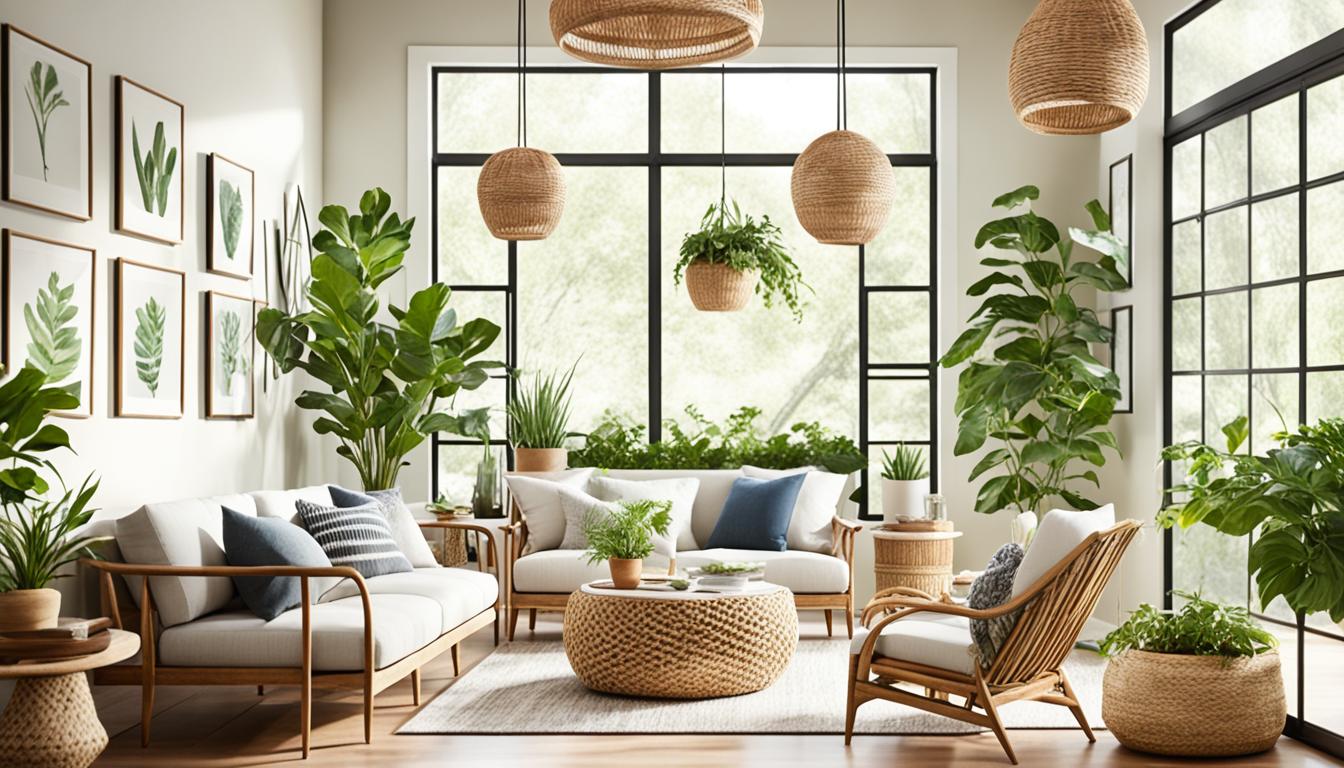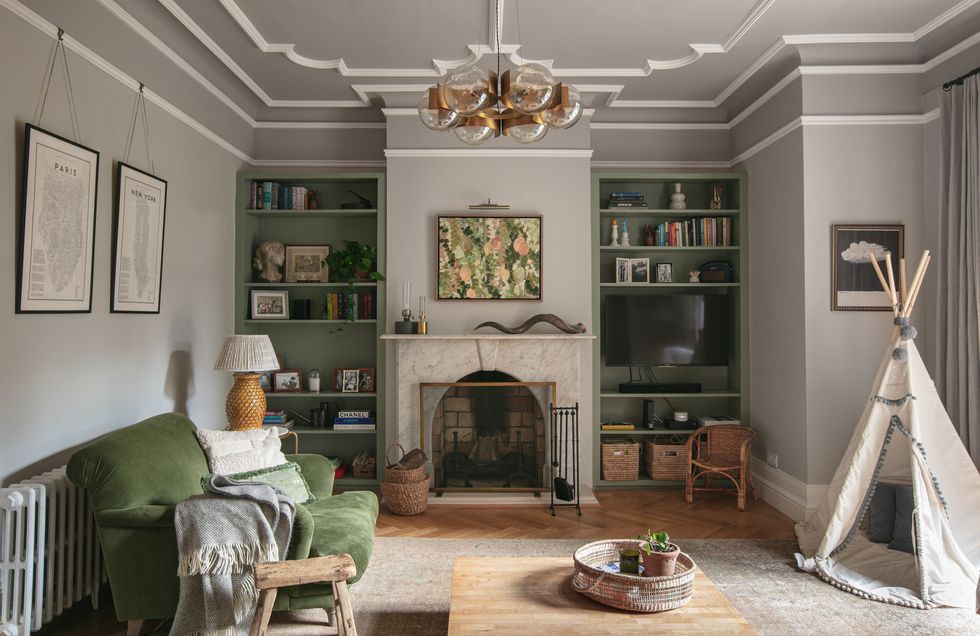Discover renowned interior design firms that redefine elegance.
Change Your Home With Essential Principles of Interior Style and Looks
By understanding the influence of color theory and the value of texture and patterns, one can develop spaces that are not just visually appealing but additionally deeply personal. Attaining this balance entails more than mere decoration; it incorporates a calculated setup and an eager understanding of just how each component connects within a room.
Recognizing Shade Concept
Shade theory is a fundamental facet of indoor layout that dramatically influences state of mind, understanding, and total aesthetic. Understanding the principles of shade concept enables designers to develop spaces that reverberate mentally with residents while fulfilling useful demands (Architecture Firm). Shades can be classified right into three main types: main, secondary, and tertiary. Each group plays an essential role in establishing consistency within a space.
The psychological impact of colors is profound; warm shades such as reds and oranges stimulate power and heat, while trendy tones like blues and eco-friendlies advertise peace and peace. Furthermore, using complementary shades boosts visual interest, creating striking contrasts that can elevate a room's allure.
Neutral shades, on the various other hand, work as a flexible backdrop, permitting other style aspects to beam. It is important to take into consideration elements such as lighting and the space's function when selecting a shade scheme, as these can change the understanding of shades throughout the day.
Inevitably, a well-considered color plan can change an area, fostering a feeling of convenience and style that lines up with the occupants' choices. Mastery of color theory is, consequently, a vital ability for any interior designer aiming to develop unified and welcoming environments.
Accomplishing Balance in Style
Exactly how can developers attain a feeling of balance in their spaces? Accomplishing equilibrium in design is essential to developing unified interiors.
Unbalanced balance, on the various other hand, relies upon differing components that still accomplish a natural appearance. This method enables even more dynamic and casual arrangements, supplying passion while maintaining equilibrium. By very carefully picking varying sizes, colors, and appearances, developers can create an aesthetically engaging area that really feels balanced yet energised.
Radial equilibrium highlights a main prime focus with aspects emitting outward. This design is generally seen in circular layouts, where furnishings and style create a cohesive border that draws the eye internal.
Inevitably, achieving balance requires thoughtful factor to consider of range, percentage, and the connections in between elements. Architecture Firm. By skillfully applying these balance concepts, designers can transform spaces right into settings that really feel both cosmetically pleasing and functionally harmonious, boosting the general experience for occupants
Significance of Spatial Awareness

A keen feeling of spatial awareness allows developers to recognize focal factors within an area, assisting the audience's interest to crucial functions while keeping a general feeling of unity. It additionally aids in the tactical placement of illumination, which can drastically affect the understanding of space and mood. Understanding spatial relationships allows the developer to provide to the particular demands of citizens, ensuring that find each location serves its designated objective without compromising aesthetics.
Eventually, spatial recognition is critical for making the most of the capacity of any interior space. By very carefully thinking about the interplay in between measurements, layout, and feature, developers can create environments that not just meet functional requirements but also stimulate a feeling of comfort and appeal, improving the overall living experience.
Including Appearance and Patterns
Embracing a varied variety of structures and patterns can significantly enhance the aesthetic and responsive appeal of an interior room. The calculated use various materials-- such as wood, metal, textile, and stone-- develops depth and rate of interest, making a room really feel extra inviting and dynamic. Integrating smooth surface areas with harsh appearances can establish an equilibrium that draws the eye and involves the senses.
When integrating patterns, think about both scale and repeating. Large patterns can function as centerpieces, while smaller sized, refined styles can match other components without overwhelming the area. Layering patterns, such as pairing flower cushions with striped tosses, includes complexity and a feeling of consistency if executed thoughtfully.
It is also crucial to keep a natural shade combination, ensuring that appearances and patterns collaborate as opposed to contend for attention. By selecting a few crucial textures and patterns, you can produce a combined aesthetic that reflects your individual style while improving the total atmosphere of the area. Eventually, the careful incorporation of these elements can transform a mundane space into a sophisticated atmosphere abundant with character and heat.
Personalizing Your Area
Developing an area that reflects your my response individuality is vital to achieving an absolutely welcoming setting. Personalization in indoor design allows you to instill your unique style and passions into your home, changing it from a mere sanctuary right into a sanctuary that talks to that you are. Begin by picking a color combination that resonates with your feelings-- bold tones can energize, while soft tones supply peace.
Include art work and style that show your enthusiasms, whether it be traveling, nature, or abstract ideas. Showing personal collections, such as publications, photos, or souvenirs, can evoke valued memories and create centerpieces within an area. Furthermore, take into consideration personalizing useful pieces, like upholstered furnishings, to align with your aesthetic choices.

Verdict
Finally, the improvement of a home through the essential concepts of indoor style and aesthetics demands an extensive understanding of shade theory, equilibrium, spatial understanding, structure, and customization. Each component contributes dramatically to creating an unified and functional living setting - miami interior design. By thoughtfully integrating these principles, people can enhance the visual allure and emotional resonance of their spaces, ultimately fostering a home that mirrors special identifications while supplying comfort and usefulness